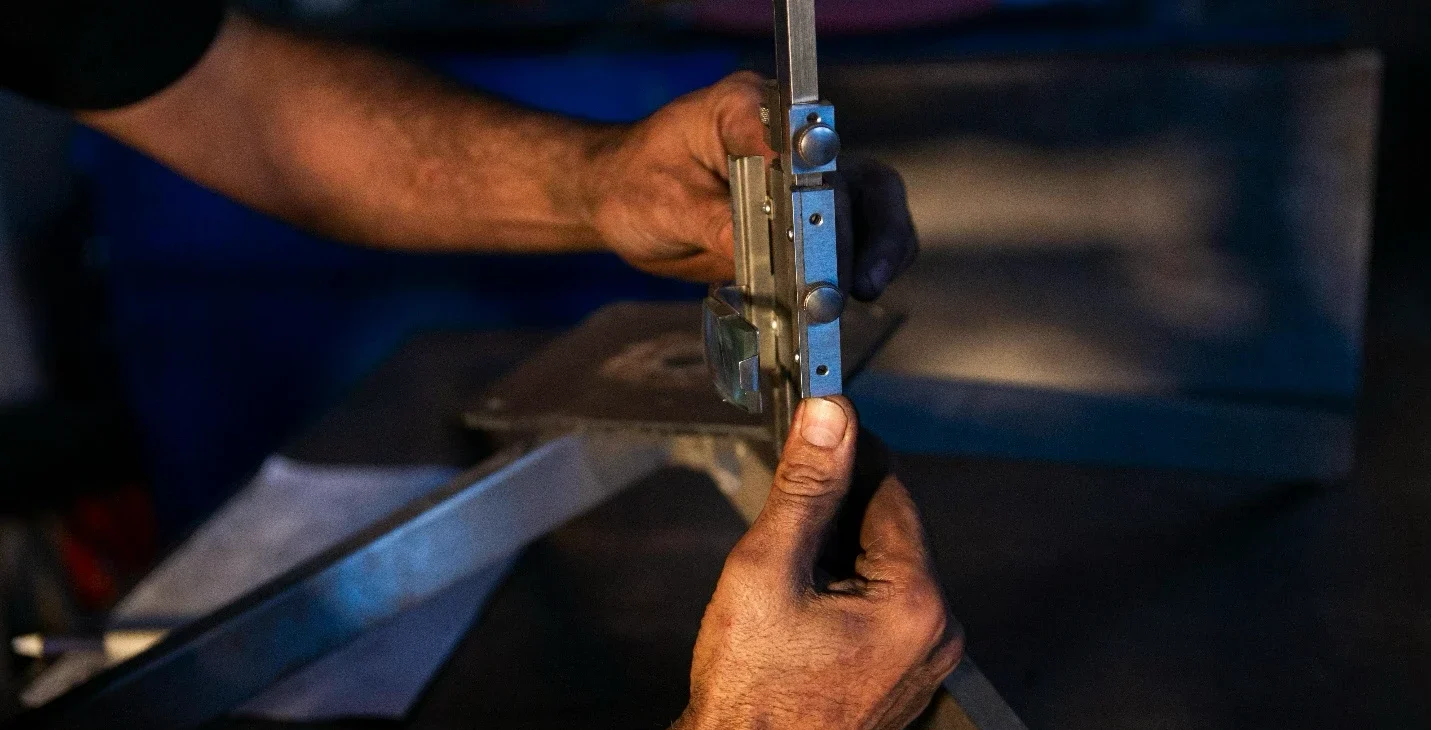In the world of manufacturing, the smallest details can make the biggest difference in the quality of the final product. One such detail is the use of wire drawing lubricants, a crucial element that often doesn’t get the attention it deserves. Wire drawing is the process of pulling metal wire through a series of dies to reduce its diameter. While this process sounds simple, it involves a lot of friction, heat, and pressure. This is where wire drawing lubricants come into play. They help reduce friction, lower temperatures, and prevent damage to both the wire and the machinery.
Why Are Wire Drawing Lubricants So Important?
Wire drawing lubricants are critical for a smooth, efficient production process. Without the proper lubricant, the process could quickly turn into a nightmare. When metal is drawn through a die, it encounters high levels of friction, which generates heat. Excessive heat can cause the wire to weaken, break, or even become uneven in thickness. Lubricants create a protective barrier between the wire and the die, reducing friction and minimizing heat buildup.
Moreover, lubricants prevent wire breakage. Wire drawing is a delicate process, and any interruption—such as a break in the wire—can lead to costly downtime and delays in production. A quality lubricant ensures that the wire maintains its integrity throughout the process. It also reduces wear and tear on the machinery, extending the lifespan of your equipment and lowering maintenance costs.
Types of Wire Drawing Lubricants
There are several types of wire drawing lubricants available, and choosing the right one depends on the materials being used, the type of drawing process, and the desired outcome. Generally, wire drawing lubricants can be divided into two categories: water-based and oil-based.
Water-based lubricants are often preferred for their cooling properties, as they help to lower temperatures more effectively. They are ideal for drawing softer metals like copper or aluminum. Oil-based lubricants, on the other hand, are thicker and provide more lubrication under high-pressure conditions, making them better suited for harder materials like steel.
Some modern lubricants also include additives that improve the lubrication process, such as corrosion inhibitors, which protect the wire from rust and other forms of damage. Choosing the right lubricant requires understanding your specific production needs, and a quality lubricant supplier will be able to guide you through the process.
Impact on Efficiency and Quality
Using high-quality wire drawing lubricants can have a significant impact on both the efficiency of the production process and the quality of the final product. When friction and heat are minimized, the wire can be drawn more smoothly, which means the production process can move faster without compromising the quality of the wire. This results in higher throughput, fewer defects, and less waste.
Furthermore, high-quality lubricants improve the finish of the wire, ensuring it is smooth, even, and free of imperfections. This is especially important in industries that require precise and reliable wire products, such as electronics, automotive, and construction.
Bliss & Reels: Your Partner in Precision Solutions
At Bliss & Reels, we understand the critical role that quality lubricants play in the wire drawing process. As representatives of top European manufacturers, we offer specialized technologies for precision forming, cutting, banding, wire drawing, and butt welding. With extensive industry experience, we provide customized solutions that are tailored to your specific production needs.
Our team is committed to helping you improve efficiency and enhance the quality of your products. We not only supply high-quality wire drawing lubricants but also provide technical support to ensure that you get the best performance from your machinery and materials. When you choose Bliss & Reels, you’re choosing a partner who is dedicated to your success in every step of the production process.

